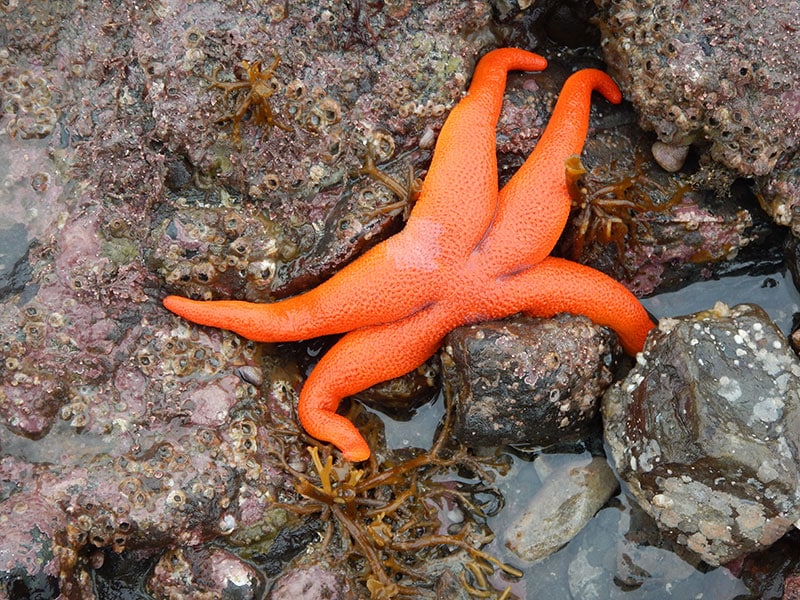The EMC hosted a workshop in 1992 that included university and agency researchers and citizens to develop a program to reach the goals and objectives identified. At that workshop it was identified that the major data gap and concern was whether industry discharges were having a negative effect on the environment. Based on the subsequent 1992 model recommended by the selected contractors1, a pilot study based on a modified sediment quality triad was initiated in 1993 through a separate competitive bidding process to provide data against which to evaluate a longer-term environmental monitoring program. Subsequent expanded environmental monitoring studies were conducted in 1994, 1995, 1996, and 19972
Program Technical Review

In 1998, Cook Inlet RCAC contracted for a summary technical report and database that included an evaluation of the monitoring program to date, especially in the context of several other related Cook Inlet monitoring projects. In addition, we requested recommendations for our future environmental monitoring program. The specific objectives of that contract included:
- Summarize the existing data and results.
- Evaluate the methods and environmental monitoring approaches used to date.
- Evaluate how effectively the existing data could be used as baseline information against which future chronic or acute oil-industry impacts might be measure.
Recommend further efforts for assessing temporal and spatial oil-industry impacts to the Cook Inlet environment.
A report titled “Technical Evaluation of the Environmental Monitoring Program for Cook Inlet Regional Citizens Advisory Council” was submitted by the contractors and was peer-reviewed and presented at a workshop for discussion and further evaluation. In summary, the evaluators found that based on the overwhelming weight of evidence from the many aspects of this sampling program as well as other similar monitoring projects in Cook Inlet, hydrocarbon contamination is either lacking or, if observed, occurred at close to background levels or near the levels of detection for the particular method. The bulk of the samples and analyses were for subtidal sediments collected upstream, nearby, and downstream of oil-industry discharge. At that time, only a limited number of intertidal samples had been collected, but they also showed that hydrocarbons were not accumulating in sediments or in bivalves living in or on the substrate.
As a result of the recommendations and input from the public forum, the committee decided to shift focus of its monitoring efforts for several years from a subtidal SQT-type approach to one that focused on obtaining baseline intertidal information which would be necessary to determine any future impacts of spilled oil to Cook Inlet’s shorelines. The lack of pre-impact data increased costs and reduced the statistical power of damage assessment studies after the Exxon Valdez Oil Spill.
Intertidal Reconnaissance Surveys
In 2000, Cook Inlet RCAC conducted a pilot project for intertidal monitoring on Cook Inlet shorelines that include sites most likely to be impacted by an accidental release of crude oil. Most of the shoreline in the middle and upper inlet had not been surveyed and data on the resources living there and on sediment or beach characteristics were scarce. In addition, there was almost no data on concentrations of hydrocarbons or other potential contaminants to Cook Inlet; data that are necessary to be able to address our OPA 90 mandates. Surveys in this area would provide valuable information on intertidal assemblages on hard and soft substrates, characterize sediments and geomorphology of the shoreline, and identify biological resources that would be most appropriate as sentinel species. These same types of data were missing from almost the entire Exxon Valdez oil spill area before the spill. The lack of these data made the studies of most state and federal resource agencies and universities much more difficult and expensive.
1 MBC Applied Environmental Sciences. 1992. A comprehensive monitoring program for Cook Inlet, Alaska. Final Report submitted to Cook Inlet Regional Citizens advisory Council, 11355 Frontage Rd., Kenai, AK 99611.
2 Anderson, Jack W. 1996. Final Report for 1996 on the P450 Reporter Gene System Assay Results for Testing of Extracts of Sediments and Bivalve Tissue Collected from Cook Inlet, Alaska. Report submitted to the Cook Inlet Regional Citizens Advisory Council.
Arthur D. Little, Inc. 1995a. Cook Inlet pilot monitoring study final report: phase I of an overall program entitled, “Design and Implementation of a Prototype Environmental Sampling Program for Cook Inlet, Alaska:. Prepared for Cook Inlet Regional Citizens Advisory Council, Kenai, Alaska.
Arthur D. Little, Inc. 1995b. Cook Inlet pilot monitoring study final report: phase II of an overall program entitled, “Design and Implementation of a Prototype Environmental Sampling Program for Cook Inlet, Alaska:. Prepared for Cook Inlet Regional Citizens Advisory Council, Kenai, Alaska.
Kinnetic Laboratories, Inc. 1996a. Cook Inlet Environmental Monitoring Program. Final monitoring report-1995. Prepared for the Cook Inlet Regional Citizens Advisory Council Environmental Monitoring Committee.
Kinnetic Laboratories, Inc. 1996b. Lake Clark Bivalve Analyses. Data Summary Report-1996. Prepared for Cook Inlet Regional Citizens Advisory Council Environmental Monitoring Committee.
Kinnetic Laboratories, Inc. 1997. Cook Inlet Shelikof Strait Project. Final report-1996. Prepared for the Cook Inlet Regional Citizens advisory Council Environmental Monitoring Committee.
Kinnetic Laboratories, Inc. 1998. 1997 Cook Inlet Sediment Toxicity and Hydrocarbon Study. Prepared for Cook Inlet Regional Citizens Advisory Council.










